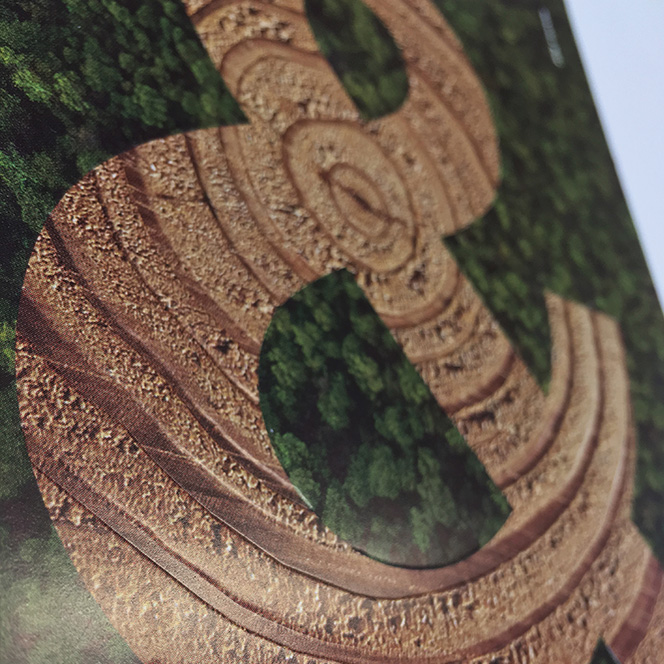Oct 25 Finishing School
What’s the difference between embossing and debossing?

If you’ve ever wondered what the differences are between debossing and embossing, keep reading. Embossing is a technique used in order to create a new dimension upon objects and gives a three-dimensional appearance. It can take place on a wide variety of surfaces such as paper, plastic, leather and various types of metal. This procedure can also be combined with foil blocking to add height to the foil.
Embossing is used on many everyday practical objects such as credit cards and braille, as well as being a decorative finish used to make items such as business cards, invitations and brochure covers more tactile.
Embossing has the ability to make materials look prestigious, giving the standard flat print a more elegant appearance.
Debossing gives the opposite dimensional effect. When debossing on printed materials, the material is pushed ‘downward’, creating a concave effect.
Dies for both processes can be simple or complex, allowing a designer to make broad use of different embossing and debossing techniques. In both processes, a die is used to create the three-dimensional effect. Dies can be sculpted with different levels such as single-level or multi-level, or with bevelled edges to create multi-dimensional results.
Using foil with an emboss or deboss adds colour, depth and vibrancy to your printed matter. On the other hand, blind embossing relies on using just the texture of the process to deliver an outstanding end finish.

